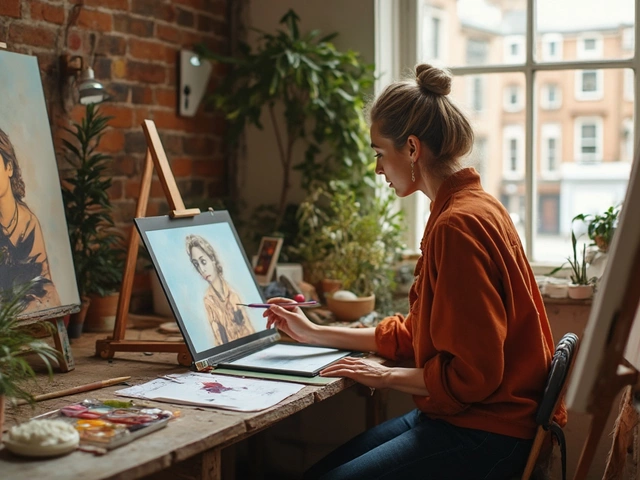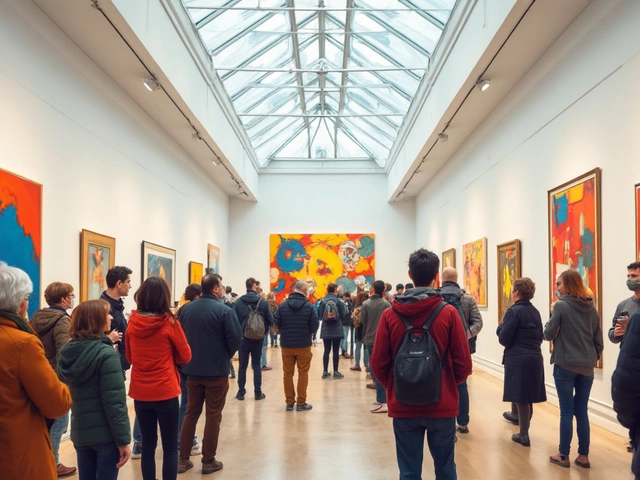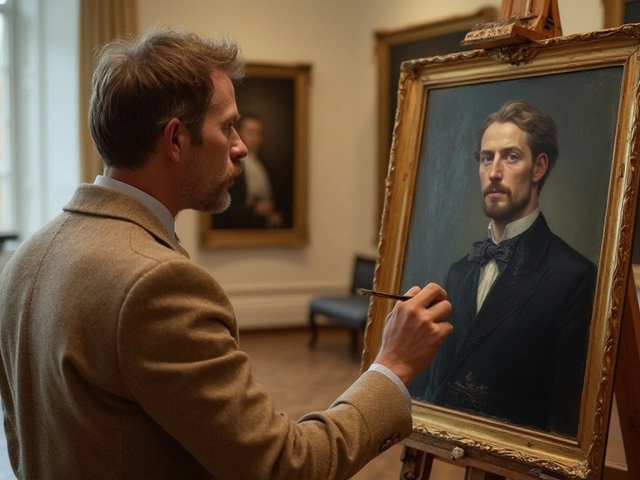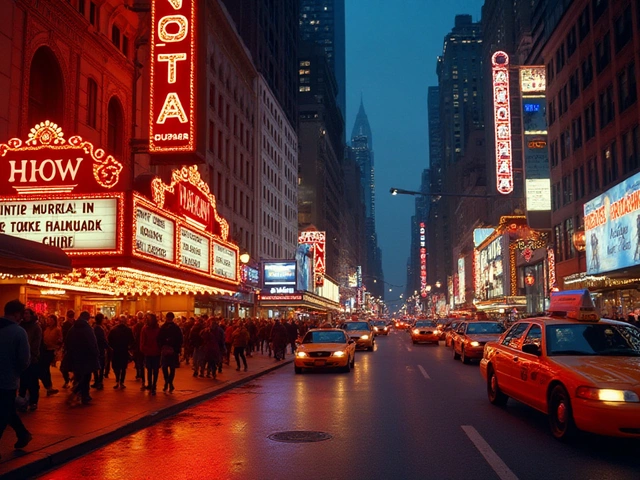Art Movements: Styles, History and Trends
When exploring art movements, organized groups of artists who share common ideas, techniques, or philosophies. Also known as art styles, they shape how we see and talk about visual culture. From the bold brushstrokes of the Renaissance to the algorithm‑driven pieces you see on Instagram, every movement answers a question about its time. Understanding these groups helps you spot patterns, decide where your own work fits, and see why galleries curate the way they do. Below you’ll find a mix of practical guides and deep‑dive pieces that map the landscape of today’s artistic scene.
Modern Art – Breaking the Rules of the Past
One of the most influential modern art, a wave of creation that emerged in the late 19th and early 20th centuries, rejecting academic conventions. Also called modernism, it demands that artists experiment with new materials, perspectives, and subject matter. The movement requires a willingness to question tradition, which is why you’ll see cubist fractures, futurist speed, and surrealist dreams all under the modern‑art umbrella. Articles in this collection explain how to read a modern piece, what the key vocabularies are, and why the movement still influences contemporary galleries.
From there, the conversation naturally slides into abstract art, work that emphasizes color, shape and form over recognizable subjects. Abstract art influences many later styles, especially when artists strip down reality to pure emotion. The guide on abstract rules shows that, despite the myth of total freedom, there are hidden guidelines that help artists create balance and impact. Knowing those behind‑the‑scenes principles lets you appreciate why a splash of red can feel as powerful as a detailed portrait.
When we talk about what’s happening right now, contemporary art, art produced in the present moment, often reflecting current social, political and technological concerns takes the stage. Contemporary works borrow from modern and abstract vocabularies, then add new layers: activism, climate urgency, and digital interactivity. The piece on why people love contemporary art explains how the movement connects with everyday life, making museums feel like community hubs rather than quiet halls.
Finally, the rise of digital art, creations made with computer software, tablets or AI generators adds a fresh chapter to the story. Digital art enables artists to reach global audiences instantly, sell NFTs, and experiment with motion that traditional media can’t match. Guides on monetizing digital creations and converting images to digital pieces give you step‑by‑step tools to jump into this fast‑moving arena.
All these movements—modern, abstract, contemporary, digital—form a web of ideas that constantly reshapes how we experience visual culture. Below you’ll find articles that walk you through each style, offer practical tips, and highlight the most exciting trends of 2025. Whether you’re a seasoned painter, a curious collector, or just starting out, this roundup gives you the context you need to navigate the ever‑evolving world of art movements.
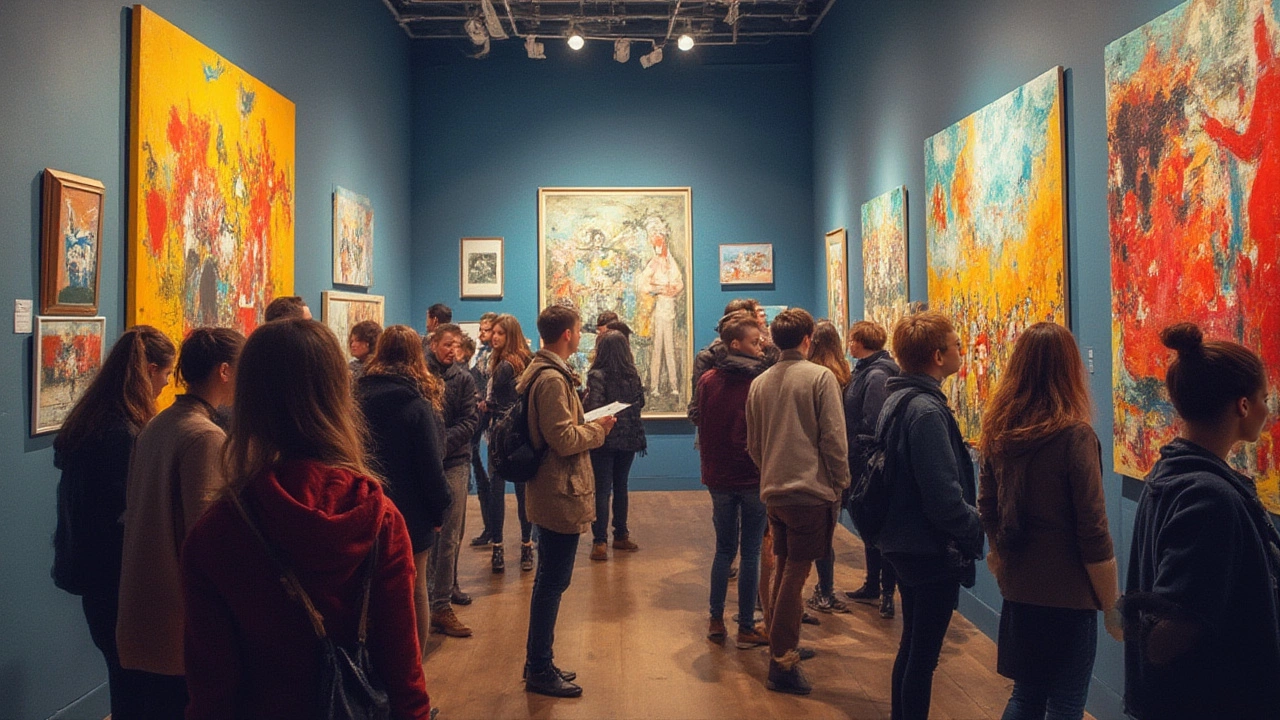
Unpack the essential facts about modern art. Explore bold ideas, legendary artists, wild experiments, and why modern art still sparks debate and inspiration.
